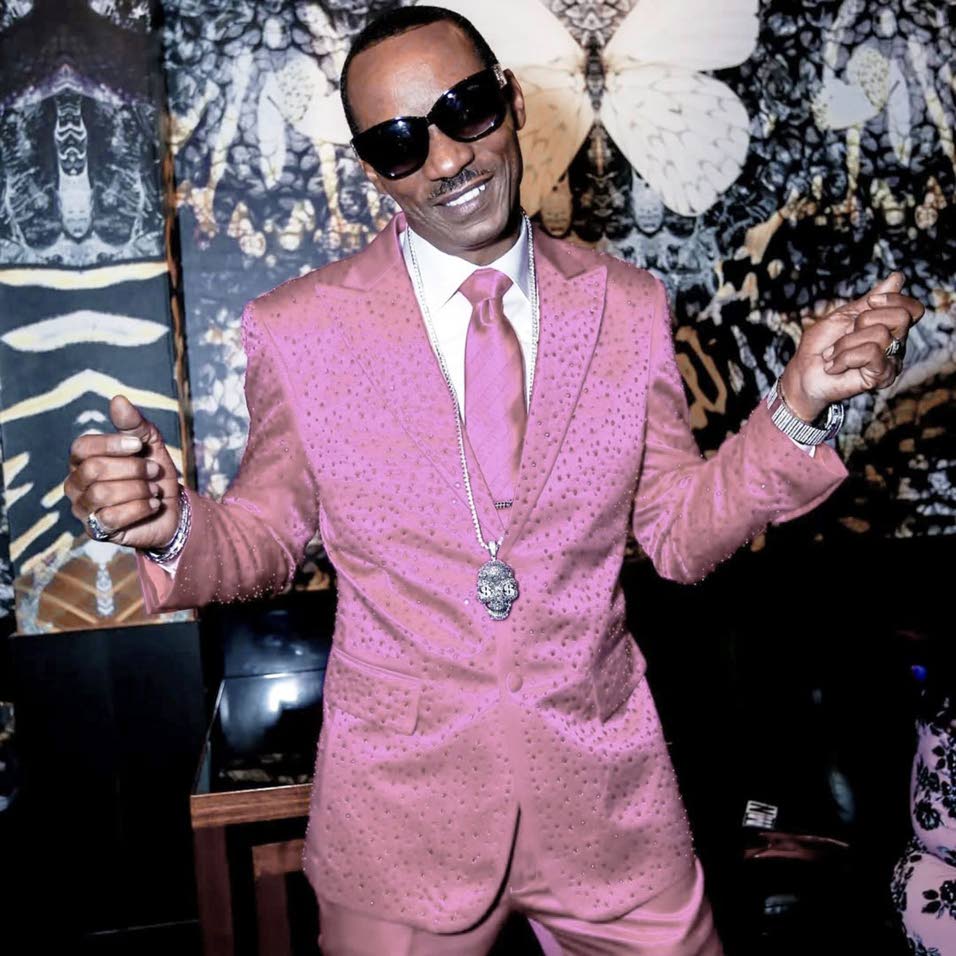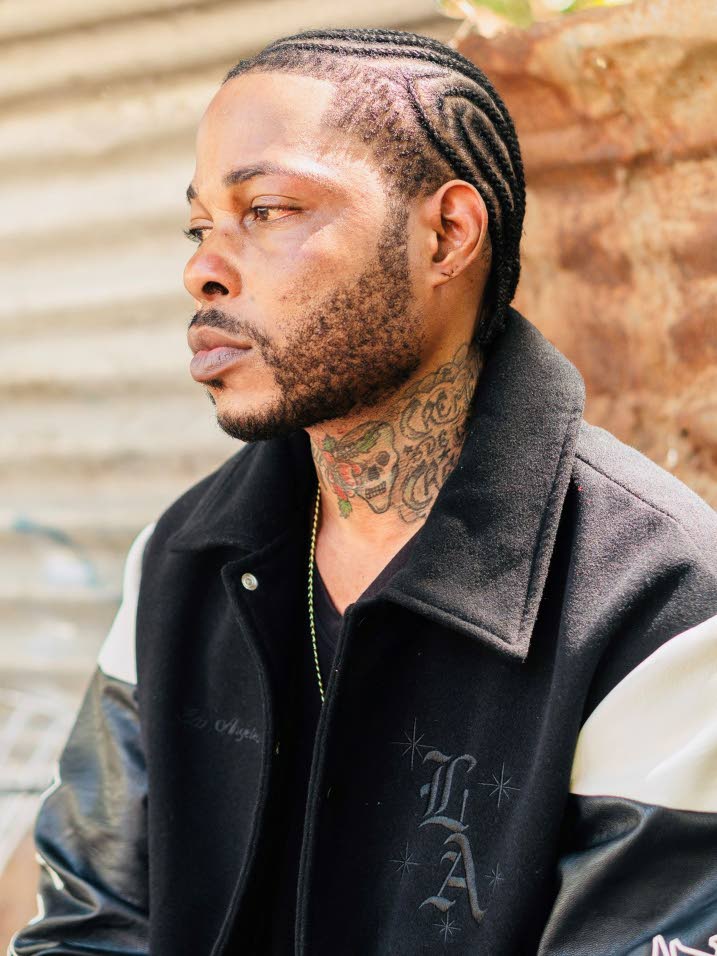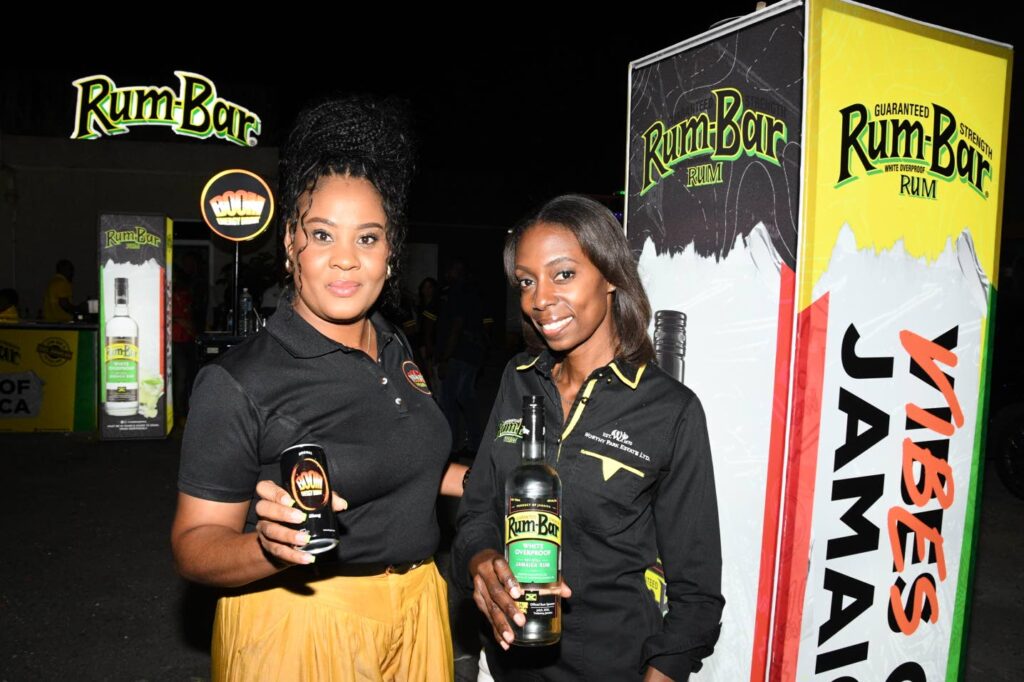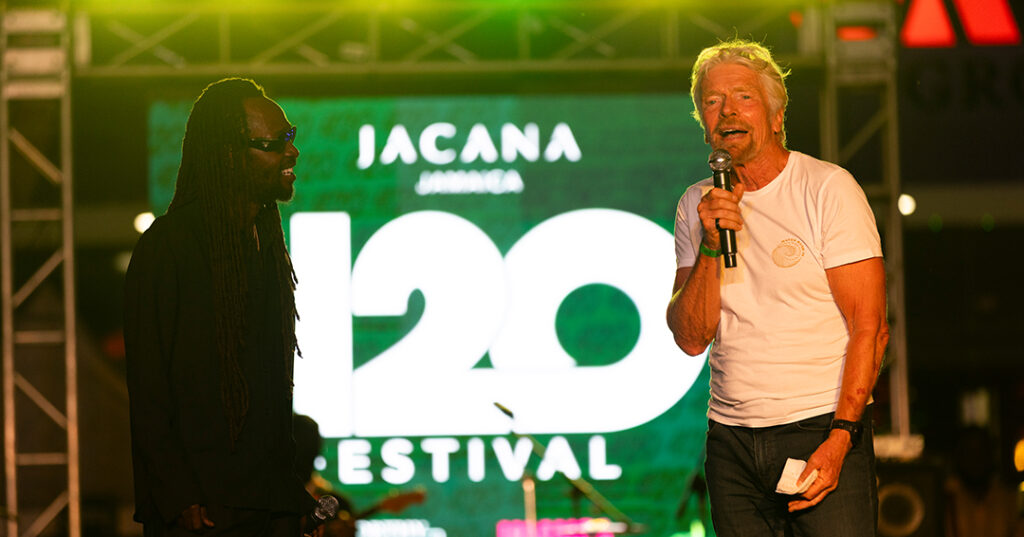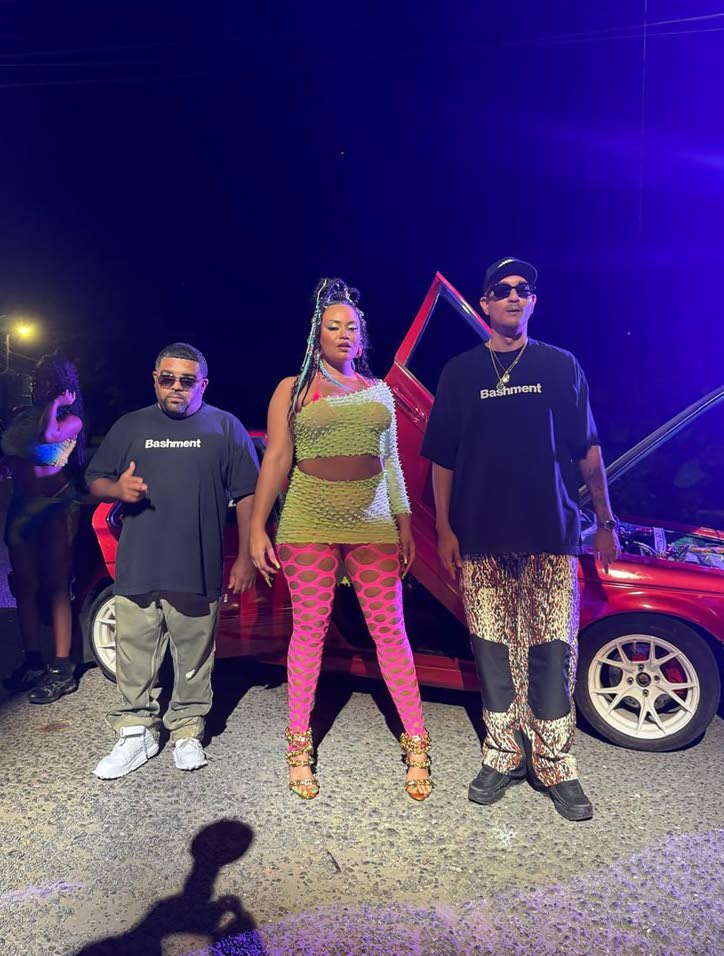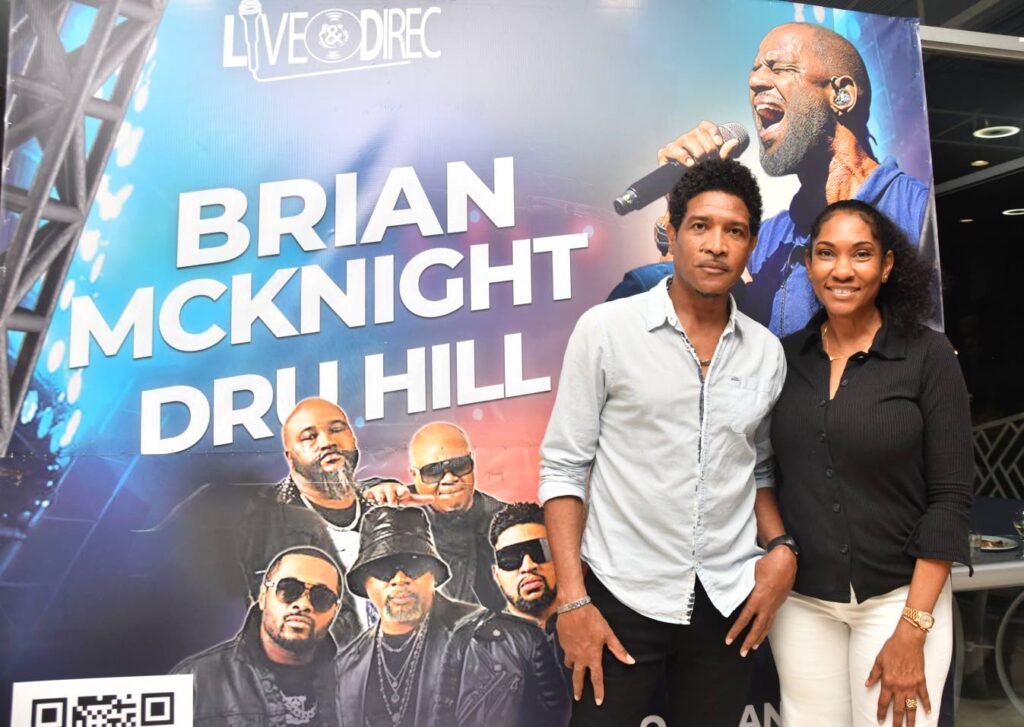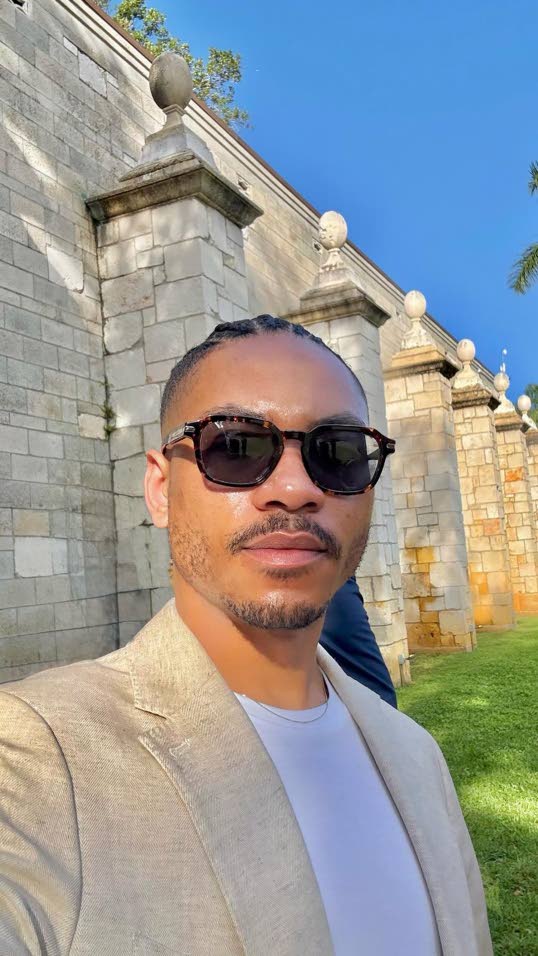A big screen depicting the image of Joe Higgs during the screening of a mini documentary about the reggae icon at the Bob Marley Museum on June 3, 2025. (Photo: Naphtali Junior)
When it comes to the popularity of figures in the reggae space, the name Joe Higgs may not be at the top. However, having helped to mould the careers of countless industry giants, the late singer’s family is pulling out all the stops to ensure his legacy isn’t forgotten.
On what would have been Higgs’ 85th birthday, scores of music lovers gathered at the Bob Marley Museum to honour the icon. Credited for pioneering the music’s transition from rocksteady to reggae, Tuesday’s celebrations made one thing clear; immense popularity or not, the title of ‘The father of reggae’ belongs to Higgs, unequivocally.
“Higgs is an unsung master of music,” said Herbie Miller, director and curator of the Jamaica Music Museum, as he led the programme for the legacy tribute.
The event included a private screening of a mini-documentary chronicling Higgs’ contributions to the industry.
According to Miller, the short film is a testament to the power of the arts in preserving historical moments.
“Let me acknowledge Joe’s family for their great efforts in keeping his legacy. It’s one that we should never forget. You have set the standard for many others who should have at least a mini-documentary,” Miller continued.
“Joe’s greatest contribution is as a teacher and a mentor. Peter Tosh, Bob Marley, Bunny Wailer, Junior Brathwaite, Beverley Kelso, Rita Marley, Jimmy Cliff, all of them…Joe was like that choirmaster. Peter, Bob and Bunny never stopped acknowledging the contribution Joe made towards how industrious their careers turned out to be.”
Highlighting that Higgs’ purpose was divinely ordained, Ricky Chaplain, in his remarks on behalf of the Marley family, dubbed Higgs a stalwart of reggae music.
“Him mentor a lot of artistes and I believe the ancestors chose him for that purpose. Uncle Joe is one of the stalwarts of reggae music on the frontline moulding and fighting for the music,” said Chaplain. “This man, he could play instruments, he was The Godfather of harmony and was such a brilliant instrument of reggae.”
Chaplain’s sentiments were echoed by Ewan Simpson, chairman of the Jamaica Reggae Industry Association.
In his address, Simpson expressed gratitude to the Joe Higgs Foundation for ensuring his story continues to be told. Pointing out that icons are immortalised through storytelling, Simpson said documentaries, songs, and books are an important medium in ensuring the world recognises the greatness birthed in Jamaica.
“One of the best ways to celebrate ourselves is to diversify how the story is told. Joe was not only a musician, he was the embodiment of a philosophy. He believed that he should teach a principle, not just a habit of playing or singing,” Simpson said.
“We hope this documentary will not remain mini for a long time because the more we tell these stories of those who have built the shoulders on which we stand, the more we immortalise them in songs, books, and film; the more we can point them towards the greatness that lives in Jamaica.”
Speaking of greatness, Higgs’ granddaughter and chief executive officer of the Joe Higgs Foundation, Nikiki Bogle, said the aim of the foundation is to ensure her grandfather’s legacy is passed down through generations.
“He is the root of the various branches of reggae. We want to amplify Joe Higgs’ legacy. Students in school need to know about the father of reggae. We want to secure that legacy, educate and celebrate,” said Bogle.
Joe Higgs was born to a father from the Turks and Caicos Islands and a Jamaican mother in west Kingston and spent much of his early life in Trench Town. He excelled as a singer and, with fellow artiste Roy Wilson, had a big hit in 1958 with
Oh Manny Oh, produced by former Prime Minister Edward Seaga.
In the 1960s Higgs nurtured the talent of The Wailers, which included Bob Marley, Peter Tosh and Bunny Livingston (later Wailer). He helped develop their image and introduced them to producer Clement Dodd, who directed them on their initial hits — It Hurts to Be Alone and Simmer Down.
Higgs toured with Jimmy Cliff and The Wailers during the 1970s and continued recording music. Moving to southern California, he became an influential member of that region’s growing reggae community. Higgs died in California in 1999 at age 59.
In addition to the screening of the mini-documentary on the life of Joe Higgs, there was also a tribute concert staged in the late icon’s honour. The event, which unfolded on the grounds of the Bob Marley Museum, featured performances from the likes of Marlon Brown, Fredlocks, Bongo Herman, the Niahbinghi Drummers and Italian singer, Madelaine.

